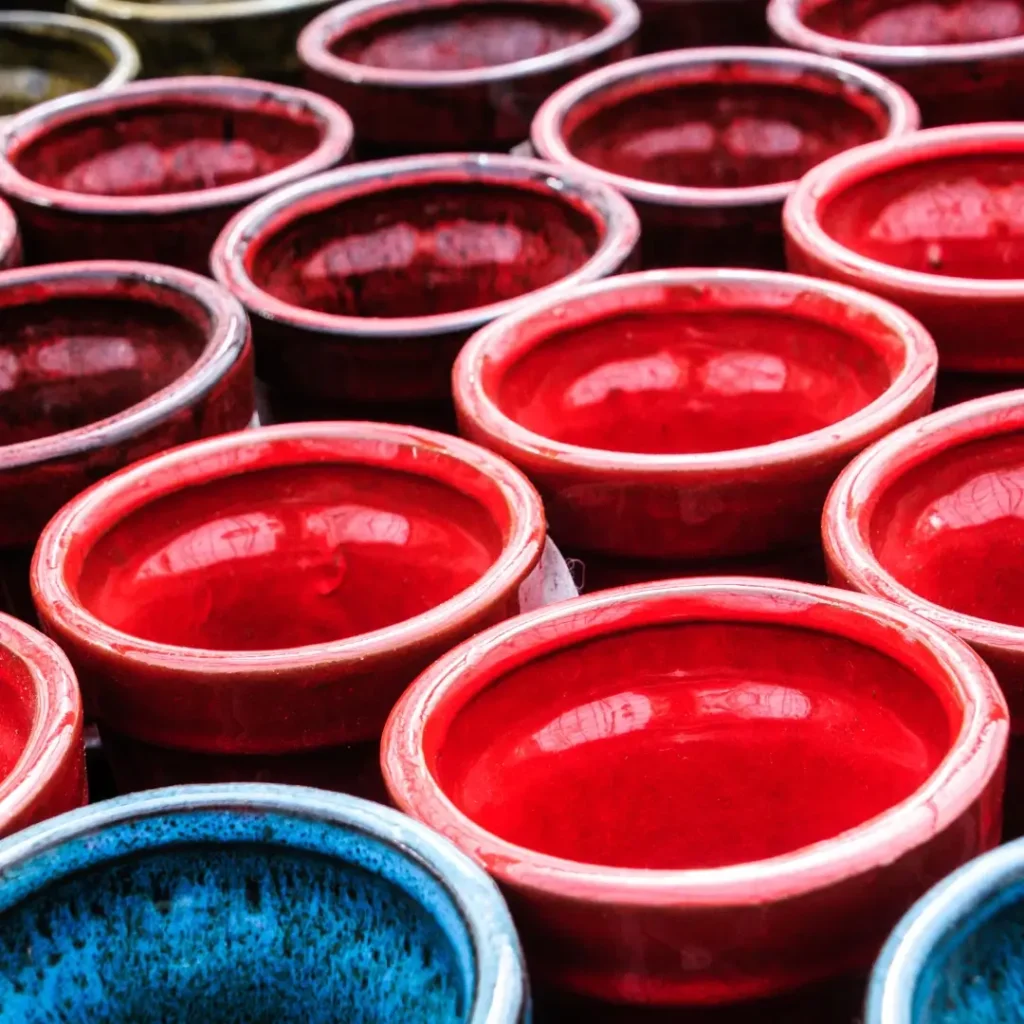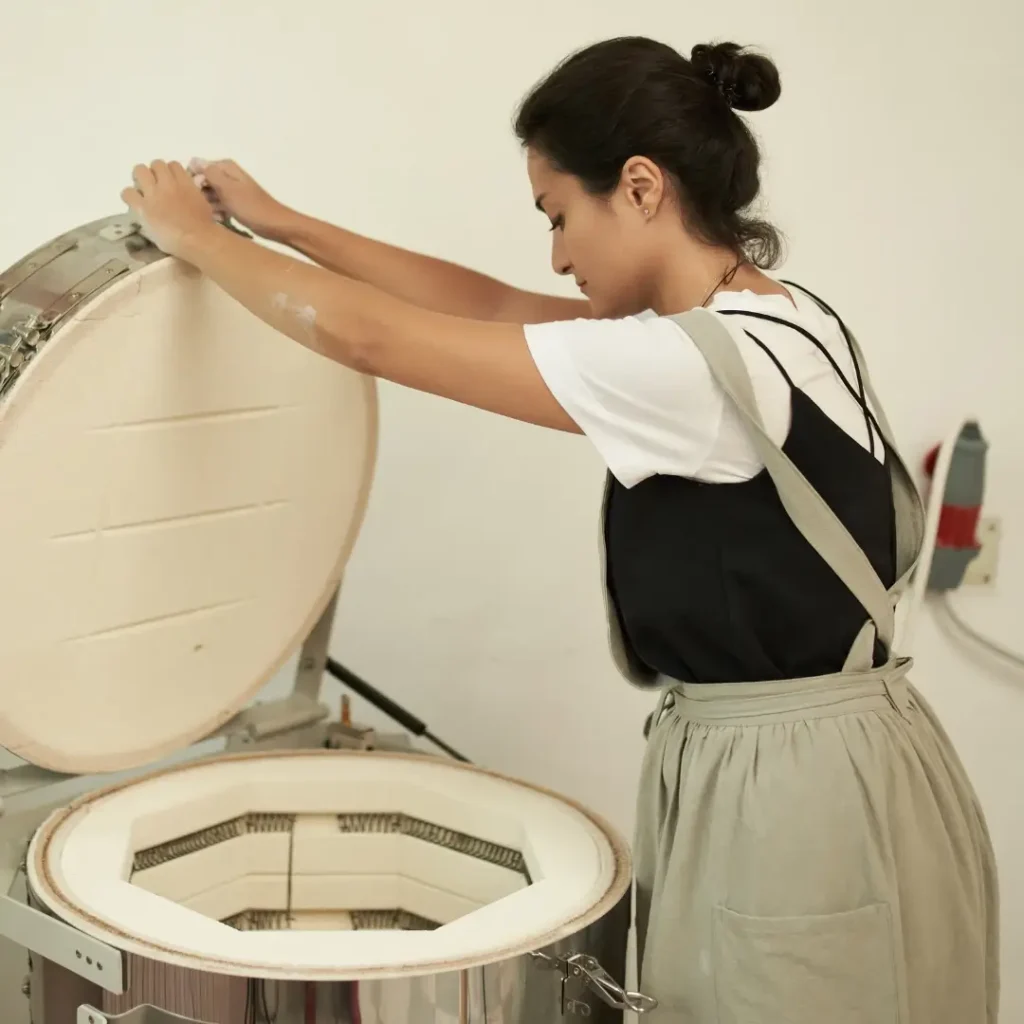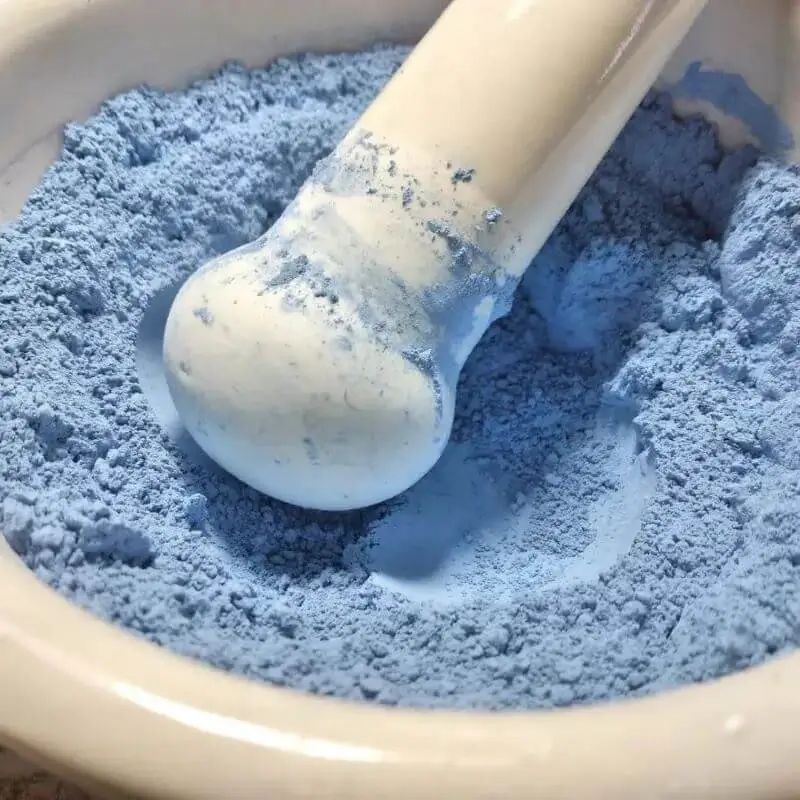Best clay types for beginners
Starting in pottery can be daunting if you’re unsure which clay to use. Various types of clay each offer unique benefits and challenges. Keep reading to find out which clay is best suited for beginners and how to make an informed choice.
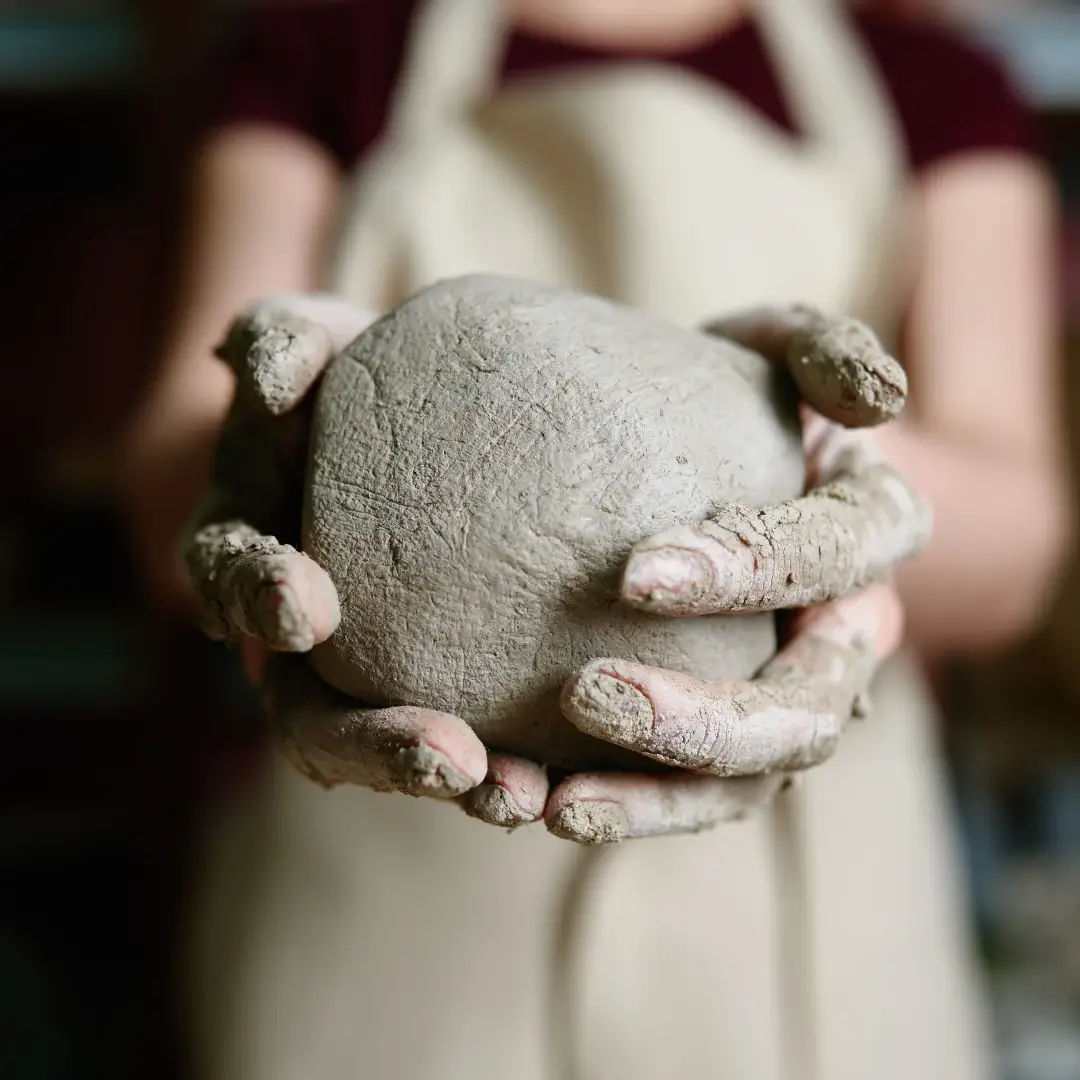
- Understanding different types of clay
- Why beginners should start with earthenware
- Exploring stoneware: pros and cons
- Porcelain clay: is it suitable for beginners?
- Factors to consider when choosing clay
- How to test and buy your first clay
- Tips for working with different types of clay
- Common mistakes beginners make and how to avoid them
- Storing and maintaining your clay
- Resources for further learning
Understanding different types of clay
Before diving into pottery, it’s crucial to understand the different types of clay available. Each type has its own characteristics that can significantly impact your pottery experience. The three main categories are earthenware, stoneware, and porcelain. These types vary in terms of texture, firing temperature, and durability.
Earthenware is generally more forgiving and easier to shape, making it ideal for beginners. It fires at lower temperatures and offers a more rustic finish.
Stoneware is a bit more robust and durable, firing at higher temperatures. It provides a smooth, dense finish that’s excellent for functional pottery.
Lastly, porcelain is renowned for its fine texture and translucent quality when fired. However, it’s more challenging to work with due to its delicate nature.
Understanding these types will help you make an informed decision suitable for your skill level. In the following sections, we’ll delve deeper into why beginners should start with earthenware and explore the pros and cons of stoneware and porcelain.
Why beginners should start with earthenware
For those new to pottery, starting with earthenware is often the best choice. One of its primary advantages is its workability. Earthenware is softer and more malleable, making it easier for beginners to mold and shape their creations.
Another benefit of earthenware is that it fires at lower temperatures compared to other types of clay. This offers more leeway for mistakes, as the clay is less likely to warp or crack during firing. Additionally, lower firing temperatures can be achieved with more basic, entry-level kilns, making the process more accessible.
Earthenware also typically has a shorter drying and firing time, allowing you to see the results of your work quicker. This can be particularly encouraging for beginners who are eager to see their progress and stay motivated.
While earthenware might not be as durable as stoneware or as visually refined as porcelain, its ease of use makes it a practical starting point. Later sections will guide you through the next steps, such as exploring the pros and cons of stoneware and tackling the challenges of porcelain clay.
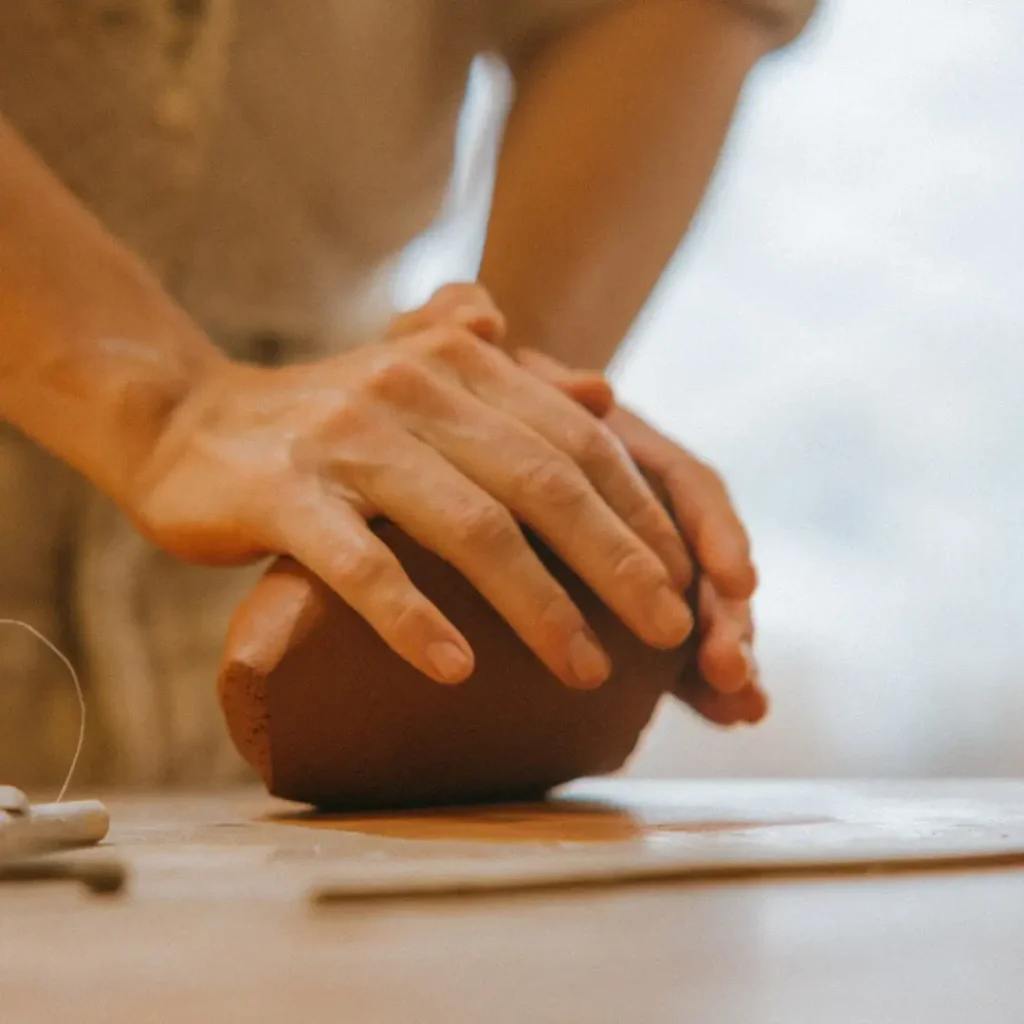
Exploring stoneware: pros and cons
Stoneware is a popular choice among potters due to its durability and versatility. Unlike earthenware, stoneware is fired at higher temperatures, which makes it stronger and more durable. This can be particularly useful for functional items like plates, mugs, and bowls that need to withstand daily use.
One of the significant advantages of stoneware is its denseness. After firing, it becomes non-porous, meaning it won’t absorb water or other liquids. This makes stoneware more suitable for items that hold food and beverages. Additionally, the high firing temperature allows for a smooth, glass-like finish, enhancing the aesthetic appeal of the final product.
However, working with stoneware comes with its own set of challenges. Its higher firing temperature means it requires a more advanced kiln, which might be an investment for newcomers. The clay itself is also denser and can be more challenging to manipulate, requiring a bit more skill and strength to shape effectively.
Despite these challenges, many beginners find stoneware to be an excellent next step after mastering earthenware. The experience gained from working with a more challenging clay can help build skills and elevate your pottery creations. Up next, we’ll explore whether porcelain, often seen as the pinnacle of ceramic arts, is suitable for those just starting out.
Porcelain clay: is it suitable for beginners?
Porcelain clay is often regarded as the pinnacle of ceramics due to its fine texture and refined qualities. It is known for its whiteness, translucency, and ability to showcase detailed work. However, when it comes to beginners, porcelain presents a unique set of challenges.
Porcelain is notoriously difficult to work with. It has a very smooth and sticky consistency, which can make it challenging to mold and shape, especially for those just starting out. Beginners may find it more frustrating than other types of clay because of its tendency to crack and warp if not handled properly.
Moreover, porcelain requires firing at extremely high temperatures to achieve its final form. This necessitates the use of a specialized kiln, which may not be accessible to everyone. Additionally, the firing process needs to be carefully monitored to avoid the clay from warping or collapsing.
Despite these challenges, some beginners are drawn to porcelain for its beauty and elegance. If you have access to the right equipment and are willing to embrace a steep learning curve, working with porcelain can be highly rewarding. The skills you develop while tackling porcelain will undoubtedly elevate your pottery practice.
As you gain experience, you may find it easier to transition to porcelain after starting with more forgiving clays like earthenware or stoneware. In the next section, we’ll look at various factors to consider when choosing the right clay for your needs, helping you make informed decisions throughout your pottery journey.
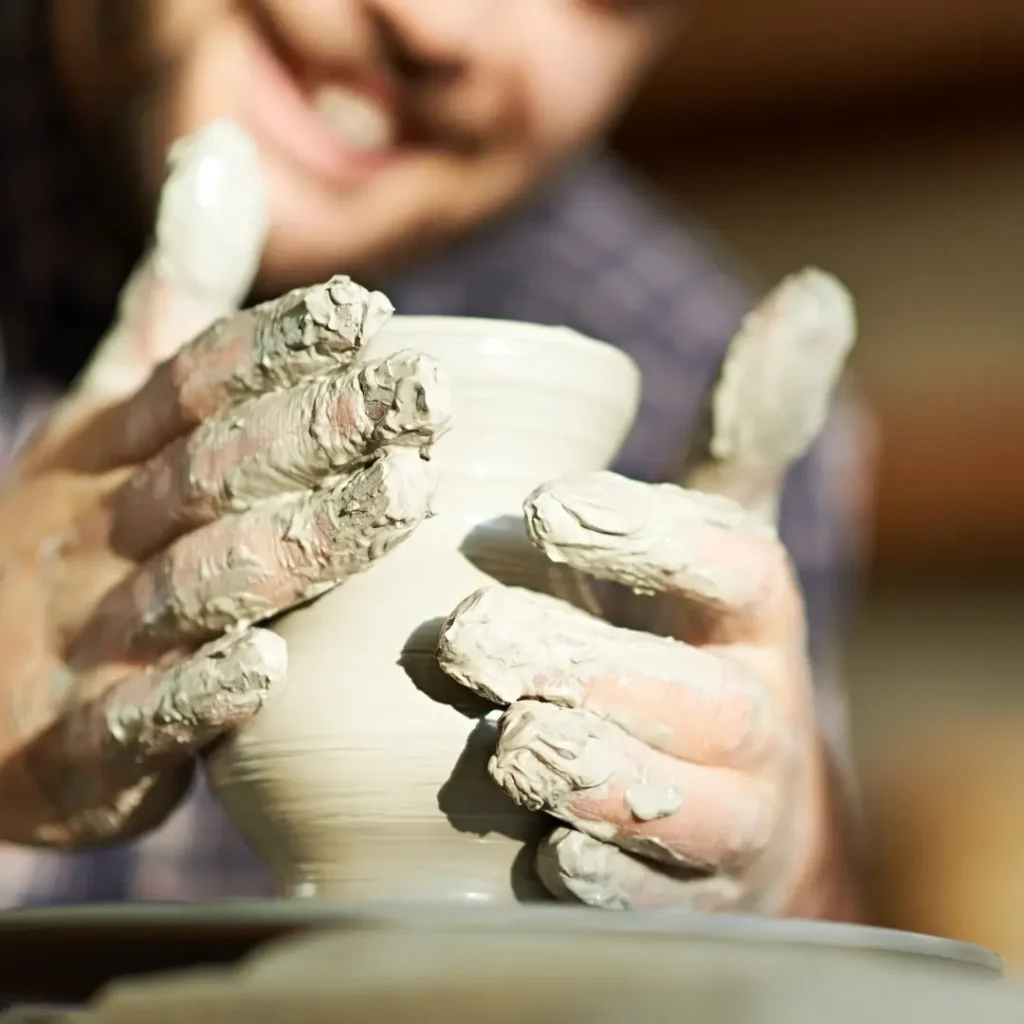
Factors to consider when choosing clay
Choosing the right clay involves weighing several factors to ensure a successful pottery experience. One of the first considerations is the type of project you plan to undertake. Different types of clay are better suited for various projects, such as functional ware, sculpture, or decorative items.
Workability is another important factor. If you’re a beginner, you might prefer a clay that is easier to manipulate and less prone to cracking. Earthenware is a prime example due to its forgiving nature, while porcelain is more challenging to handle but offers a refined finish.
The firing temperature of the clay is also crucial. Different clays require different firing temperatures, which means you’ll need a kiln that can accommodate those temperatures. Earthenware fires at lower temperatures, making it more accessible for those with basic kilns, whereas stoneware and porcelain require higher temperatures.
Consider the durability of the final product. Items made from stoneware, for instance, are generally more durable and less porous than those made from earthenware. This makes stoneware ideal for everyday use, especially in the kitchen.
Lastly, think about the appearance you want to achieve. Some clays offer a smooth texture and fine finish, while others provide a more rustic look. Your artistic vision will guide you in selecting the best clay to meet your aesthetic goals.
By keeping these factors in mind, you can make an informed decision that aligns with your skill level and project requirements. Up next, we’ll guide you through testing and buying your first clay to make the process even smoother.
How to test and buy your first clay
Starting with the right clay can make a big difference in your pottery journey. Here are some steps to help you test and buy your first clay, ensuring you get off to a great start.
1. Sample different types: Before committing to a large quantity, consider buying small samples of earthenware, stoneware, and porcelain. This will allow you to get a feel for each type and understand which one suits your projects best.
2. Conduct a plasticity test: Roll a small piece of clay into a coil and then bend it into a circle. If the clay cracks, it may not be very plastic. High plasticity is crucial for easier shaping and fewer cracks during the drying and firing process.
3. Check for impurities: Smooth a piece of clay and look for any grains or pebbles. Impurities can weaken the clay and cause defects in your final piece. The smoother the clay, the better it will perform.
4. Ask for recommendations: Visit local pottery supply stores or join online ceramics communities. Asking experienced potters about their preferred clays can provide valuable insights and help you make a more informed decision.
5. Consider your firing options: Make sure the clay you choose is compatible with the kiln you have access to. Different clays require different firing temperatures, so align your choice with the equipment you’ll be using.
6. Online reviews and resources: Check online reviews and tutorials to see how different clays perform in various projects. These resources can offer guidance beyond the technical specifications, helping you understand the practical aspects of working with each type.
Testing and buying your first clay is a crucial step in your pottery journey. With the right information and a bit of experimentation, you’ll find the clay that best suits your needs. Next, we’ll dive into tips for working with different types of clay to help you get the most out of your material.
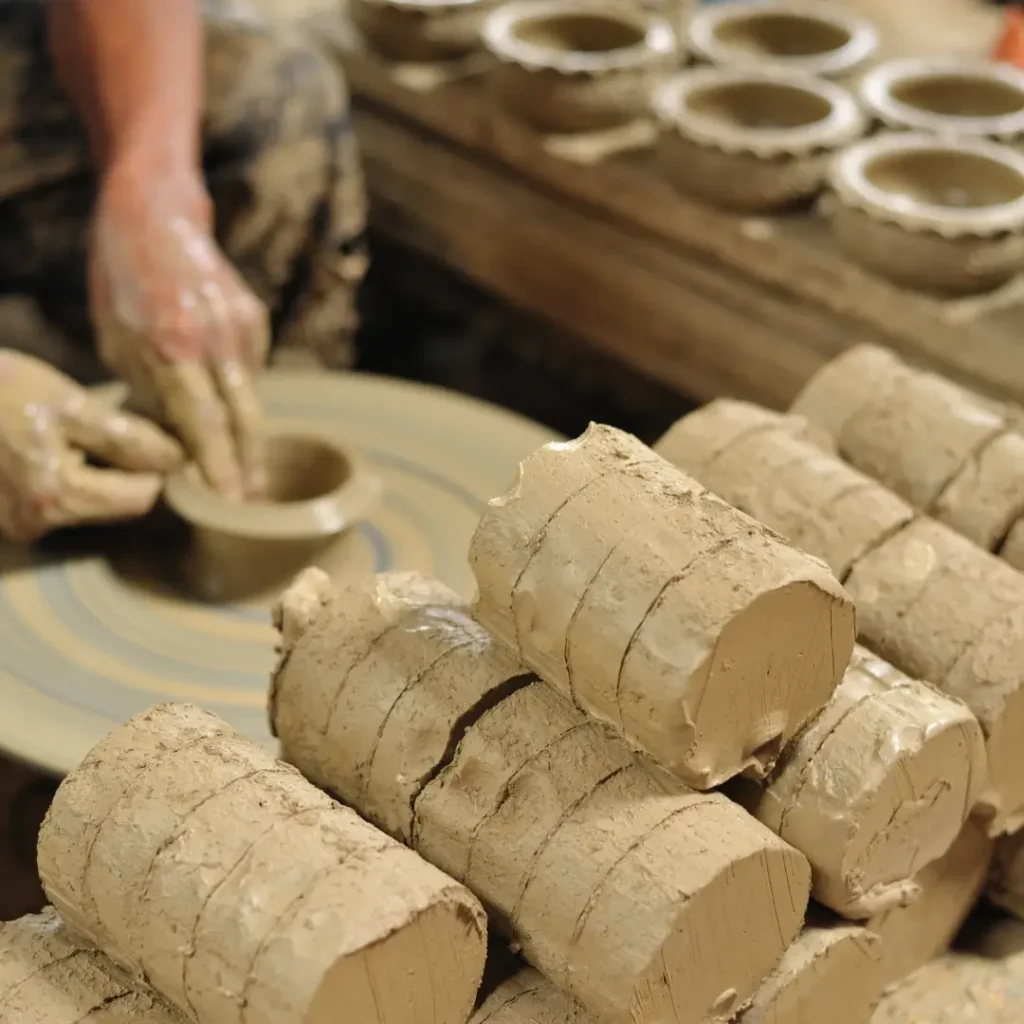
Tips for working with different types of clay
Working with various types of clay can be a rewarding but challenging experience. Here are some tips to help you make the most out of each type:
1. Earthenware: Due to its forgiving nature, earthenware is ideal for beginners. Keep the clay moist while working to prevent it from drying out and cracking. Use a sponge to smooth surfaces and blend seams. Don’t forget that earthenware is more porous, so it might require a good glaze to make it food-safe.
2. Stoneware: Stoneware is robust and less porous after firing. To handle its denser texture, make sure to wedge the clay thoroughly before use. This helps remove air bubbles and ensures an even consistency. Stoneware can tolerate a wider range of glazing techniques, so experiment to find the one that works best for your project.
3. Porcelain: Porcelain can be tricky due to its fine and sticky texture. Keep your workspace and hands clean to avoid impurities mixing with the clay. It helps to work on a plaster bat, as it can absorb excess moisture. Be patient and gentle, as porcelain is more likely to crack during the drying and firing stages. Use a slow and steady drying process to reduce stress on the clay.
4. General tips: Regardless of the type of clay, always wedge your clay to ensure uniformity. Keep your tools clean to avoid contamination. Monitor the drying process closely and cover your pieces with plastic to control the moisture evaporation. Always follow the firing temperature guidelines to avoid any mishaps.
By following these tips, you can improve your technique and create beautiful pieces, regardless of the clay type. In the next section, we will discuss common mistakes beginners make and how to avoid them, helping you navigate the common pitfalls in pottery.
Common mistakes beginners make and how to avoid them
Starting with pottery can be both exciting and challenging. Here are some common mistakes beginners make and how to avoid them:
1. Skipping the wedging process: Failing to wedge clay properly can lead to air bubbles, which cause cracks or explosions during firing. Always take the time to wedge your clay thoroughly to ensure a uniform texture.
2. Inconsistent thickness: Beginners often struggle with creating pieces of even thickness. Uneven walls or bases can lead to cracking during drying or firing. Use tools like a rolling pin or thickness guides to maintain consistency.
3. Rushing the drying process: Drying clay too quickly can cause it to crack. Cover your piece with plastic and let it dry slowly and evenly. Rotate it periodically to ensure uniform drying.
4. Neglecting proper joining techniques: Simply sticking two pieces of clay together without scoring and slipping can result in weak joints. Always score both surfaces with a needle tool and apply slip before joining them.
5. Overworking the clay: Handling clay too much can make it dry out and become difficult to work with. Keep your hands and tools moist, and know when to stop manipulating the clay to avoid overworking it.
6. Ignoring glaze application guidelines: Beginners may apply glaze too thickly or unevenly, leading to unsatisfactory results. Follow the manufacturer’s instructions for glaze application, and use tools like brushes or sprayers to achieve an even coat.
7. Underestimating the importance of cleanup: Leaving clay residue on tools and surfaces can lead to contamination and affect future projects. Always clean your workspace and tools thoroughly to maintain the quality of your work.
Avoiding these common mistakes will set you on the path to creating successful pottery pieces. In the next section, we’ll cover how to store and maintain your clay to keep it in perfect condition for future use.
Storing and maintaining your clay
Proper storage and maintenance of your clay are essential to ensuring its longevity and usability. Here are some practical tips to help you keep your clay in optimal condition:
1. Airtight containers: Store your clay in airtight containers to prevent it from drying out. You can use plastic bags, bins, or buckets with tight-fitting lids. Make sure to remove as much air as possible from the container before sealing it.
2. Moisture control: Keep your clay moist by adding a damp sponge or cloth inside the container. This will help maintain the clay’s moisture levels and prevent it from becoming too dry or brittle.
3. Regular inspection: Check your stored clay periodically for any signs of drying or mold growth. If you notice any dryness, lightly spritz the clay with water and reseal the container. If mold appears, remove the affected portion and ensure the remaining clay is clean and moist.
4. Rehydrating dry clay: If your clay has dried out, you can rehydrate it by breaking it into small pieces and placing them in a container with water. Let it sit overnight, then wedge it thoroughly to restore its workability.
5. Labeling: Label your containers with the type of clay and the date of storage. This helps you keep track of your inventory and ensures you use older clay first, maintaining a fresh supply.
6. Proper wedge techniques: Before using stored clay, always wedge it to ensure an even consistency, remove air bubbles, and improve plasticity. This step is crucial for achieving a smooth and workable texture.
By following these storage and maintenance tips, you can keep your clay in excellent condition, ready for your creative projects. Next, we’ll provide resources for further learning to help you continue your journey in pottery.
Resources for further learning
Expanding your knowledge in pottery is crucial for continual improvement. Here are some valuable resources to help you enhance your skills and understanding of the best clay types for beginners:
1. Online tutorials: Numerous platforms offer video tutorials on pottery techniques, types of clay, and project ideas. Websites like YouTube and specialized art education platforms provide step-by-step guides that can be incredibly helpful.
2. Pottery classes: Consider enrolling in local pottery classes or workshops. Hands-on instruction from experienced potters can provide personalized feedback and accelerate your learning process.
3. Books and magazines: There are many excellent books and periodicals dedicated to ceramics and pottery. These resources often cover a wide range of topics, from basic techniques to advanced projects.
4. Online communities: Joining online forums and social media groups dedicated to pottery can connect you with fellow enthusiasts. These communities are great for sharing tips, asking questions, and finding inspiration for new projects.
5. Museums and galleries: Visiting exhibitions featuring ceramics can offer a wealth of inspiration. Observing the work of professional potters can provide insights into different styles, glazes, and techniques.
6. Pottery supply stores: Many pottery supply stores offer free or discounted workshops, demonstrations, and materials that can enrich your learning experience. Don’t hesitate to ask for recommendations from the staff.
Leveraging these resources can significantly enhance your pottery journey, allowing you to gain deeper insights and refine your craft. Keep experimenting and learning to achieve the best results with your work.
What to Wear to Pottery Class: Essential Tips for Comfort and Safety
Colored Slip vs Underglaze: Understanding the Differences and Applications
Engobe: The ceramic technique that will give life to your pieces.
